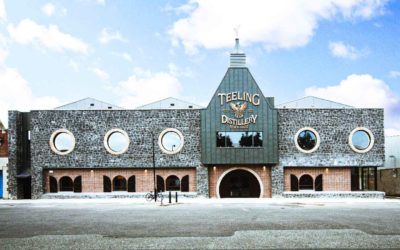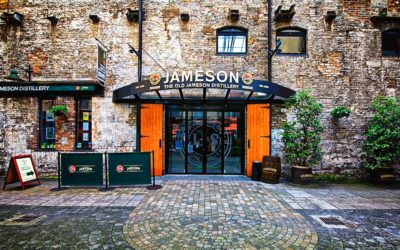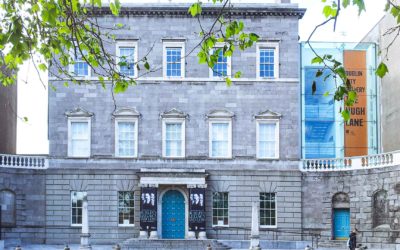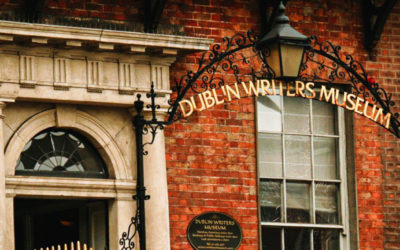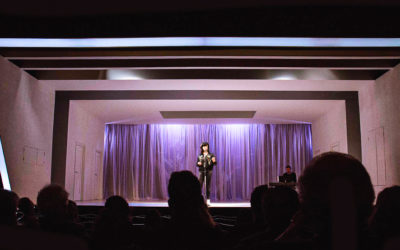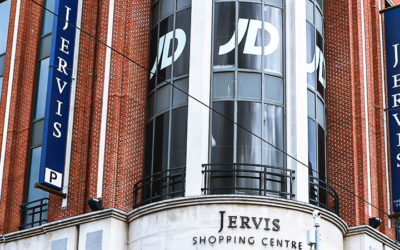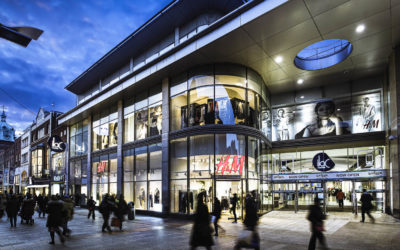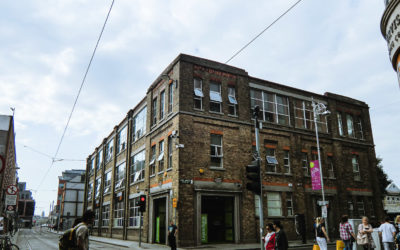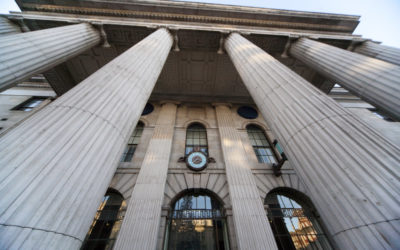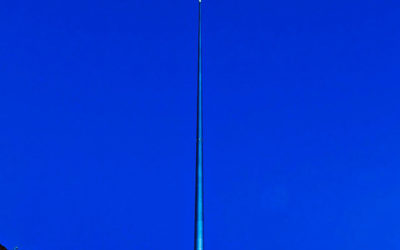Archaeology Museum
The Archaeology Museum, inside The National Museum of Ireland, is the national repository for all archaeological objects in Ireland and home to over two million artefacts.
The Archaeology Museum entrance is on Kildare Street in Dublin. It first opened its doors in 1890 and since then it has been filling in the blanks for us through its extensive archaeological collections.

Take time at The Treasury which features outstanding examples of Celtic and Medieval art. Such as the famous Ardagh Chalice, the Tara Brooch and the Derrynaflan Hoard.
Gaze in wonder at the finest collection of prehistoric gold artefacts in Europe, in Or, Ireland’s Gold. Ramble through prehistoric Ireland and experience life at the same time as the Vikings in Viking Age Ireland. Medieval Ireland 1150-1550, documents life in Ireland in the age of cathedrals, monasteries and castles.
The admission is free. You can get to the National Museum of Ireland from Dublin Citi Hotel in just 10 minutes walking. They are open from Tuesday to Saturday from 10 a.m. to 5 p.m. on Sundays from 1 p.m. to 5 p.m.
Prehistoric Ireland
This section contains artefacts from the earliest period of human habitation in Ireland (just after the Last Ice Age) up to the Celtic Iron Age. The first hunter-gatherer colonists beginning around 7000 BC created numerous stone implements then moving on to the tools, pottery and burial objects of the Neolithic farmers.
Some notable artefacts include four rare Jadeite axeheads imported from the Alps of Neolithic Italy. The unique ceremonial macehead discovered at the tomb of Knowth. The exhibit then covers the introduction of metallurgy into Ireland around 2500 BC, with early copper implements. From the later Bronze Age period, there is an impressive array of bronze axes, daggers, swords, shields, cauldrons and cast bronze horns. The earliest knew Irish musical instruments. There are a few very early Iron weapons. Wooden objects include a large dugout logboat, wooden wheels and cauldrons and ancient reed fishing equipment.

Ór – Ireland’s Gold
The central area of the museum contains one of the finest collections of Bronze Age gold objects in Europe. The goldwork ranges in date between 2200 BC and 500 BC, most of it probably being jewellery, but with many objects of unknown (possibly ritual) function.
In the early Bronze Age, most artefacts were made from sheet gold and include sun discs and crescent-shaped collars called lunulae. In the middle Bronze Age, they developed new gold working techniques; starting around 1200 BC they produced a great variety of torcs from twisting bars of gold. Items from the late Bronze Age, starting in 900 BC, include solid gold bracelets and dress-fasteners as well as large sheet gold collars, ear-spools and a necklace of hollow golden balls.
You can get to the National Museum of Ireland from Dublin Citi Hotel in just 10 minutes walking.
